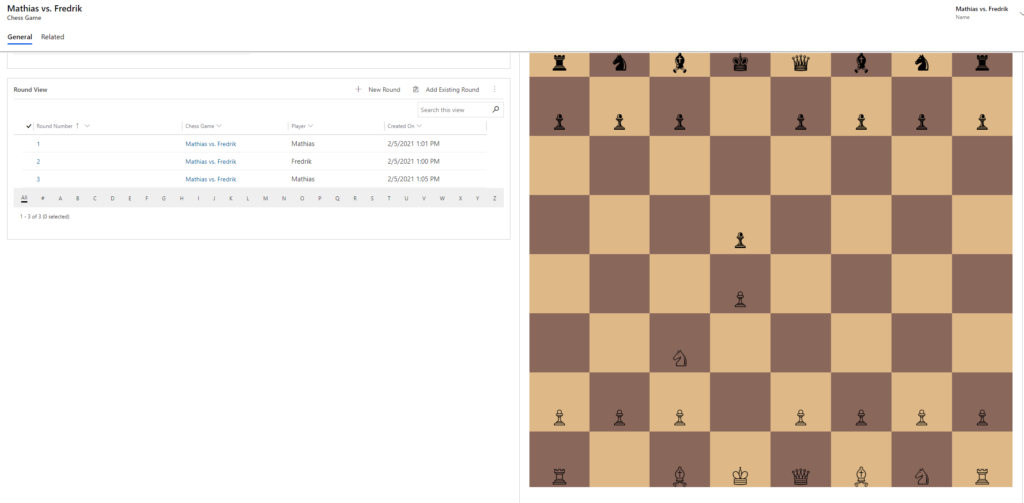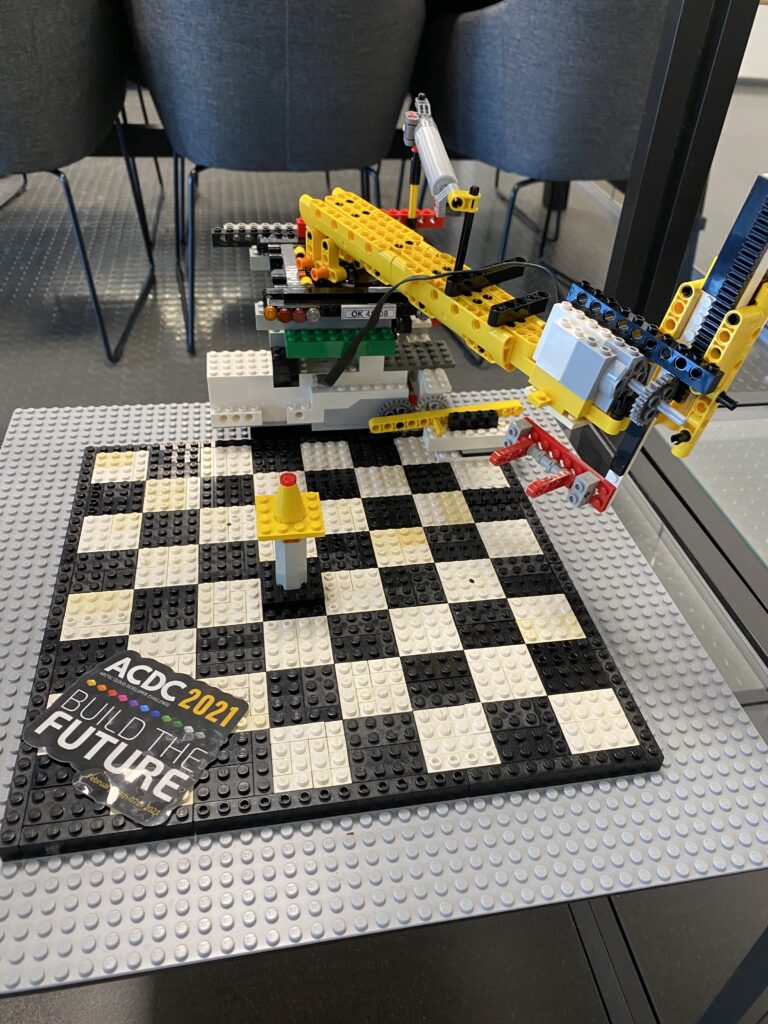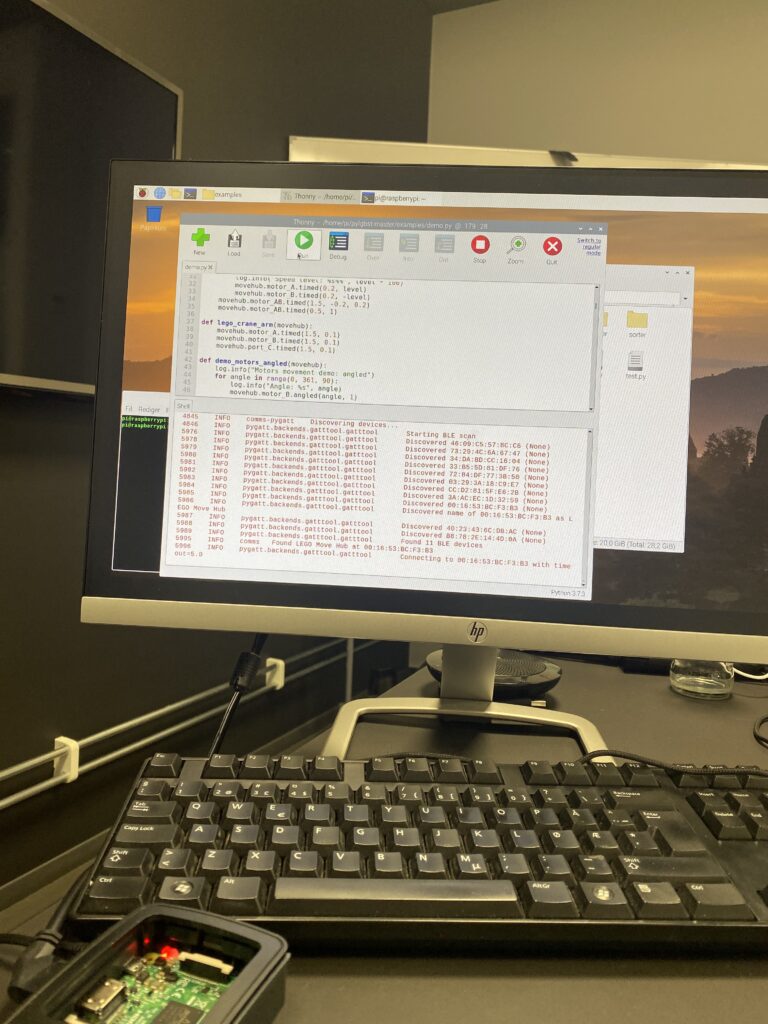https://arcticclouddeveloperchallenge.net/#/home (URL to official website)
This year’s first hackathon, and was great to have some days playing with new technology and create something different than I would do in my 9-5.
The teams that participated were:
AITC (The Merge Conflict)
Avanade (Orange Panthers)
Felleskjøpet (Cowders)
Point Taken (Point Taken Brixters)
Skill (Klossmajorene)
All of the teams delivered great solutions and products, it was funny and inspiring to see what all of these people were able to create during the “short” period we had during the hackathon. Because of the restrictions because of Covid-19, the hackathon wasn’t physical and the teams were either located separately in their company’s offices or remote at home.
During the hackathon, my team (AITC) created two chess boards that were synchronized and would always have the same pieces in the same squares.
The reason we created this is based on one of the team members who are genuinely interested in Chess and had the ambition to play physical Chess with his grandpa, but remote to take into consideration the pandemic we are living through. But we had a couple of rules, the chessboard had to be built in Lego, and we had to use Microsoft technology for the logic behind it.
We started the hackathon by creating two chess boards using Lego and positioned a web camera above each. This camera would take a photo each time the player was done with their move.
The picture would then be uploaded to SharePoint and sent to a function app using Microsoft Cloud Flow. The function app would then slice this image into 64 individual images (one for each route on the Chessboard). Then return it to the Flow. After receiving 64 images from the function app, each image was sent to ACS (Azure Cognitive Services) for AI recognition and then to CDS, DataVerse, or whatever you could call it nowadays with metadata added from what ACS recognized. We stored the chess movements in CRM and illustrated the actual move using HTML and Javascript in CRM (As a WebResource).


To create the arm itself we used Lego Boost that comes with 3 “engines” that we added Lego technic to create a crane. To communicate with Lego Boost we used a Raspberry PI with Linux and a Python library to access function on the Lego Boost over BLE (Bluetooth Low Energy). As a result of the Lego Boost being a BLE unit, we had to push a button on the Lego engine each time we want to run the Python script.

The winners of ACDC 2021 were Felleskjøpet (Cowders) with their solution related to agriculture. Below is a link to their ACDC blog post with a great description of what they made in more detail.
Big thanks to all the people in the committee for arranging this event and AITC to give me and my colleagues the opportunity to attend this event.
I will definitely attend the next event (Hopefully without restrictions because of Covid-19).
The committee:
- Carlos Briceno
- Jarle Engseth
- Marius Børresen
- Ragnhild Baumann
- Thomas Sandsør
- Ulrikke Akerbæk
